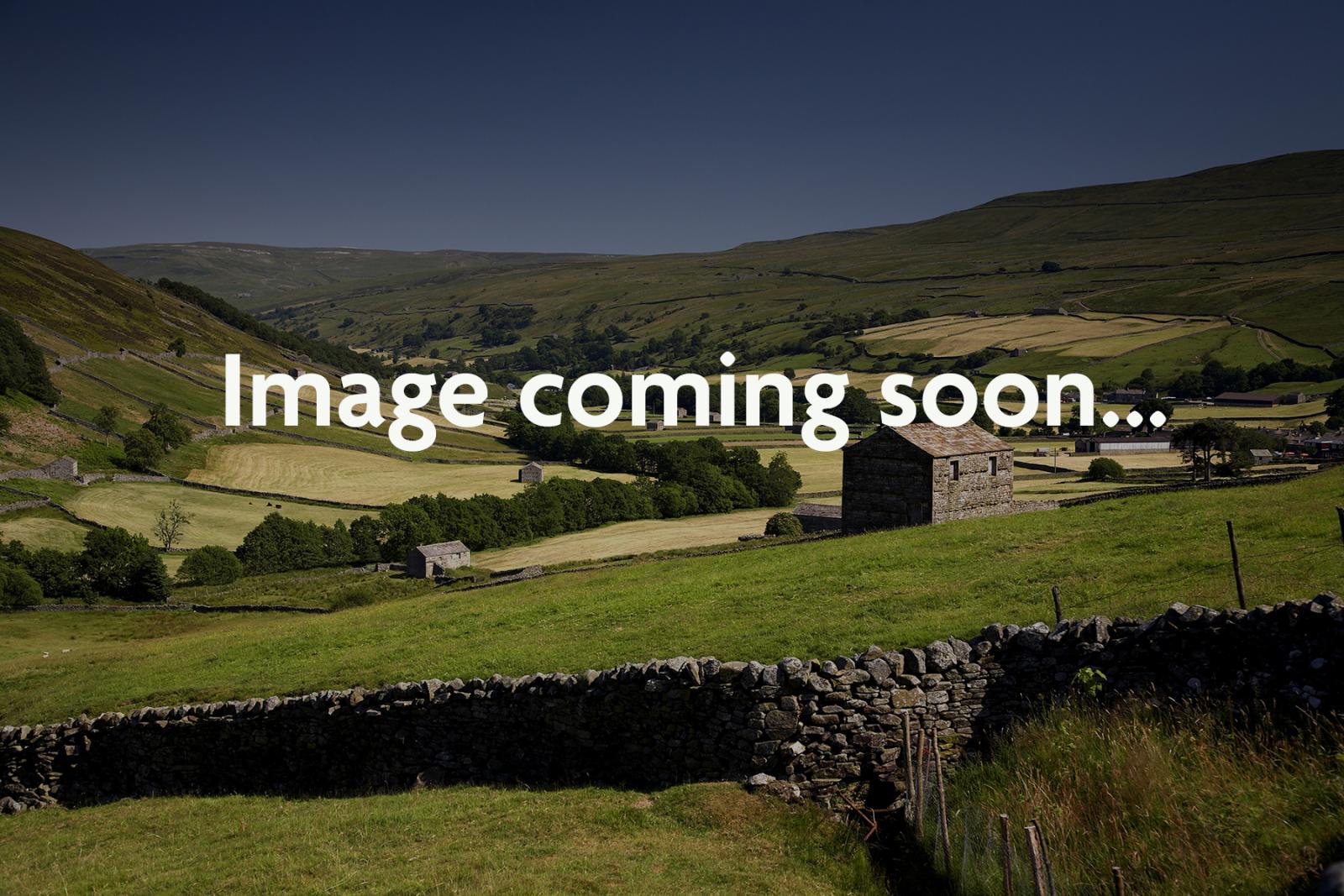Situated on Lindisfarne (Holy Island) with a large, light and airy living area and an…

Our View
Tidal mudflats, saltmarshes and dunes combine to create the Lindisfarne NNR, a place which is home to fascinating plants and to a food supply that attracts bird visitors from thousands of miles away. The reserve includes the dunes of Holy Island itself, which can only be reached at low tide across the causeway. Shifting sands and tides combine to create the 13 square miles of dunes, saltmarsh and mudflats of the reserve. The sands of the dunes are stabilised by marram grass, and support many other plants, including 11 species of orchid. Also present is the Lindisfarne helleborine, which is found only on Holy Island. The abundance of wildflowers provides a valuable food source for moths, butterflies such as dark green fritillary and ringlet, and other insects. In autumn the skies fill will migratory birds escaping the cold Arctic winters. Among them are the light-bellied Brent geese which travel from Svarlbard (Spitsbergen) to feed on the rich mudflats. This is their only regular wintering site in Britain, accommodating an astonishing 40 per cent of the world population.
Features
Also in the area
About the area
Discover Northumberland
If it’s history you’re after, there’s heaps of it in Northumberland. On Hadrian’s Wall you can imagine scarlet-cloaked Roman legionaries keeping watch for painted Pictish warriors while cursing the English weather and dreaming of home. Desolate battlefield sites and hulking fortresses such as Alnwick, Dunstanburgh, Bamburgh and Warkworth are reminders that this, until not so very long ago, was a contested border region. The ruins of Lindisfarne bear witness to the region’s early Christian history.
Northumberland also has some of Britain’s best beaches. On summer days, and even in winter, you’ll see surfers and other brave souls making the most of the coast. Inland, there are some great walks and bike rides in the dales of the Cheviot Hills and the Simonsides – just hilly enough to be interesting, without being brutally steep. There's dramatic scenery in the High Pennines, where waterfalls plunge into deep valleys, and there are swathes of heather-scented moorland. Northumberland National Park covers over 400 square miles of moorland and valleys with clear streams and pretty, stone-built villages. It’s just the place for wildlife watching too. You’ll find flocks of puffins, guillemots and other seabirds around the Farne Islands, and seals and dolphins offshore.
Nearby stays
Places to Stay
Dining nearby
Restaurants and Pubs
Why choose Rated Trips?
Your trusted guide to rated places across the UK
The best coverage
Discover more than 15,000 professionally rated places to stay, eat and visit from across the UK and Ireland.
Quality assured
Choose a place to stay safe in the knowledge that it has been expertly assessed by trained assessors.
Plan your next trip
Search by location or the type of place you're visiting to find your next ideal holiday experience.
Travel inspiration
Read our articles, city guides and recommended things to do for inspiration. We're here to help you explore the UK.














